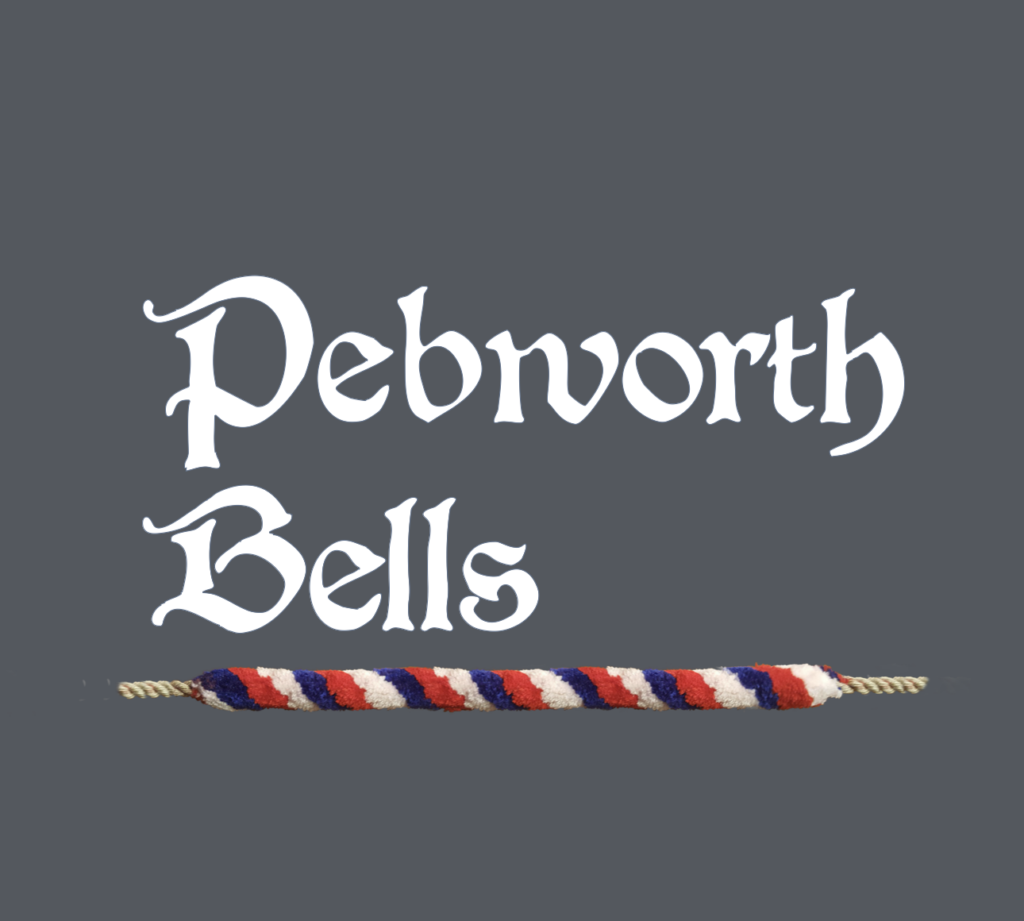
Method Resources and Learning
Review all of our method ringing resources and choose a method to learn.
Our methods ringing resources and learning notes are sorted according to the number of bells, however, where a method can easily be extend, you might find notes about higher numbers in the doubles or minor categories.
All our sets of notes will explain how the line works… looking at the place bells orders and starts, pointing out notable features and highlighting any ideas which will help you remember the line.
We also always show how to use the treble to find your way around, as well as providing basic notes for any learner treble ringer.
Finally, we try to provide some simple touches, so you can try out the bobs and singles.
Fundamentals
Call Changes
Plain Hunt
Treble Bob
Stedman
Stedman is named ofter one of the founding fathers of ringing… and it is by far the most commonly rung principle. It is musical, flexible, horribly tricky and quite brilliant…
Cambridge by Rules
Once you are familiar with Cambridge minor, it is time to extend it to Major and beyond… and it can all be done with a simple set of rules…
Doubles
Plain Bob Doubles
The Canterbury Pleasure Family
St Simon's, St Martin's and more...
St Nicholas, Winchendon Place and more...
Shipway & Westminster II and more...
All Saints Group
All Saints Place, St Augustine, St James’ and Minster Place are easy to learn ass they all share the same simple front work and the back works are closely related to St Martins and St Simons front works….
Twineham, Bampton Place and more...
Twineham, Bampton and their family of methods, is another step beyond St Martin’s or St Simon’s… and it is very easy to ring and learn!
Bistow Little Bob
Bistow or Bastow (odd and even bell names for the same thing) provides a very easy treble ringing stepping stone for those moving into changes, whilst also providing a treble bob style experience for everyone else in the band…
Doubles Variations
Find out about a wonderful where you can create lots of new challenges, just by changing the calls in methods you already know.
Minor
St Clements
Double Oxford
A method with front, middle and backwork… so an progression from basic methods to the longer more static ones like surprise and delight.
Single Oxford
Single Court Minor
Cambridge Surprise Minor
Little Bob
Squirrel Surprise Minor
Caters
Two Little Bob Caters Methods
If you can’t find what you are looking for, you could try the CCCBR library or Blue Line. Both have every conceivable line… but you will then to work out how to learn it for yourself.
If not, drop us a line and request us to post up a set of notes… No promises, but we will see what can be done!
Method Resources Contact

